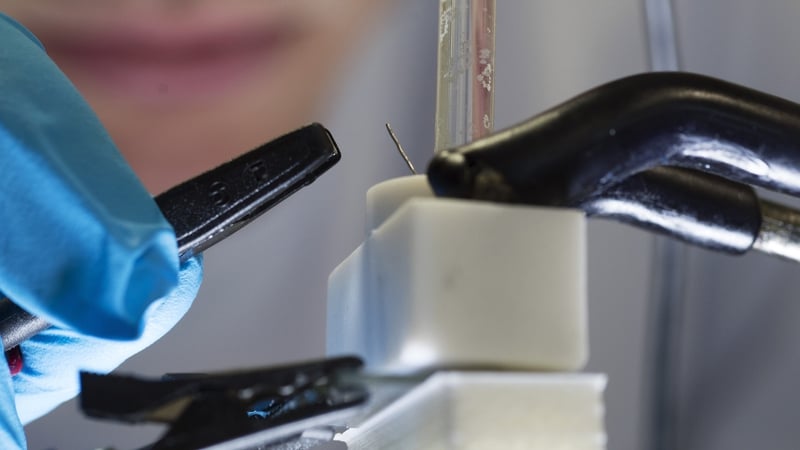Writing in JAMA Pediatrics, the researchers said this might be because babies born vaginally are exposed to healthy gut bacteria that play an important role in regulating diet.
The study followed more than 22,000 babies into adulthood.
But experts said there were likely to be many different factors at work.
These include the diet of the mother, whether she had diabetes during pregnancy and whether the baby was breastfed. Babies born via Caesarean are less likely to be breastfed, and this has been shown to lead to an increased risk of obesity. Children's diets also have an effect on their future weight.
Steady rise
In the UK, about 26% of babies are delivered by Caesarean section - an operation where a cut is made in the tummy and womb to get the baby out. Rates have been rising steadily over the past few years, according to the Royal College of Midwives.
In this study, American researchers from Harvard Medical School and other institutions found that babies delivered by Caesarean were 15% more likely to grow up to be obese after adjusting for a number of factors, including the mother's weight and age.
In families where children were born by different methods, those born by Caesarean were 64% more likely to be obese than their siblings born by vaginal delivery.
But the researchers could not say Caesareans were the cause of obesity or explain the mechanisms behind the link.
Their best guess was that differences in gastrointestinal microbiota, or healthy gut bacteria, between babies born by different methods could have an effect.
'Medical necessity'
Microbiota is the term used to describe the microbes that colonise our bodies and which vary from one person to another. They are linked to some diseases but can also be used to treat disease and promote health.
A technique called "vaginal seeding" can be used to transfer maternal vaginal fluid - which contains the healthy bacteria - to a baby born by Caesarean but doctors say there could be risks with infection.Dr Simon Cork, research associate in the department of investigative medicine at Imperial College London, said there were many factors to consider in children's risk of obesity - not just their mode of delivery at birth.
"Overall, the literature surrounding this area suggests that there may be a link between Caesarean section and obesity. However, this link is neither fully proven nor understood.
"Most often Caesarean births are as a result of medical necessity, rather than elective, and as such this risk would outweigh any concerns mothers should have regarding the possibility of future weight issues."
Informed choice
Prof Neena Modi, President of the Royal College of Paediatrics and Child Health said more research was needed to find out whether birth by Caesarean was a cause of obesity.
"Caesarean section can be life saving for women and their babies. However many women are now considering Caesarean section where there is no medical indication."It is important that they are told about the possibility of increased risk of obesity in their children, to help them make an informed birth choice.
She added: "It is also important for parents to focus on factors that they can influence which definitely impact on their infant's health. This includes maintaining a healthy weight at the time of conception, and throughout pregnancy. "




 616.044 DIE
616.044 DIE



